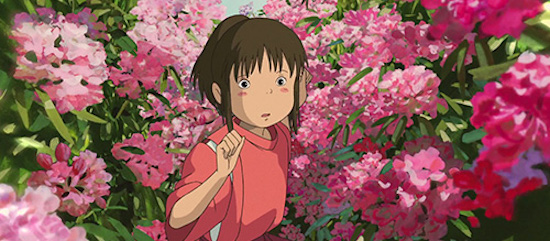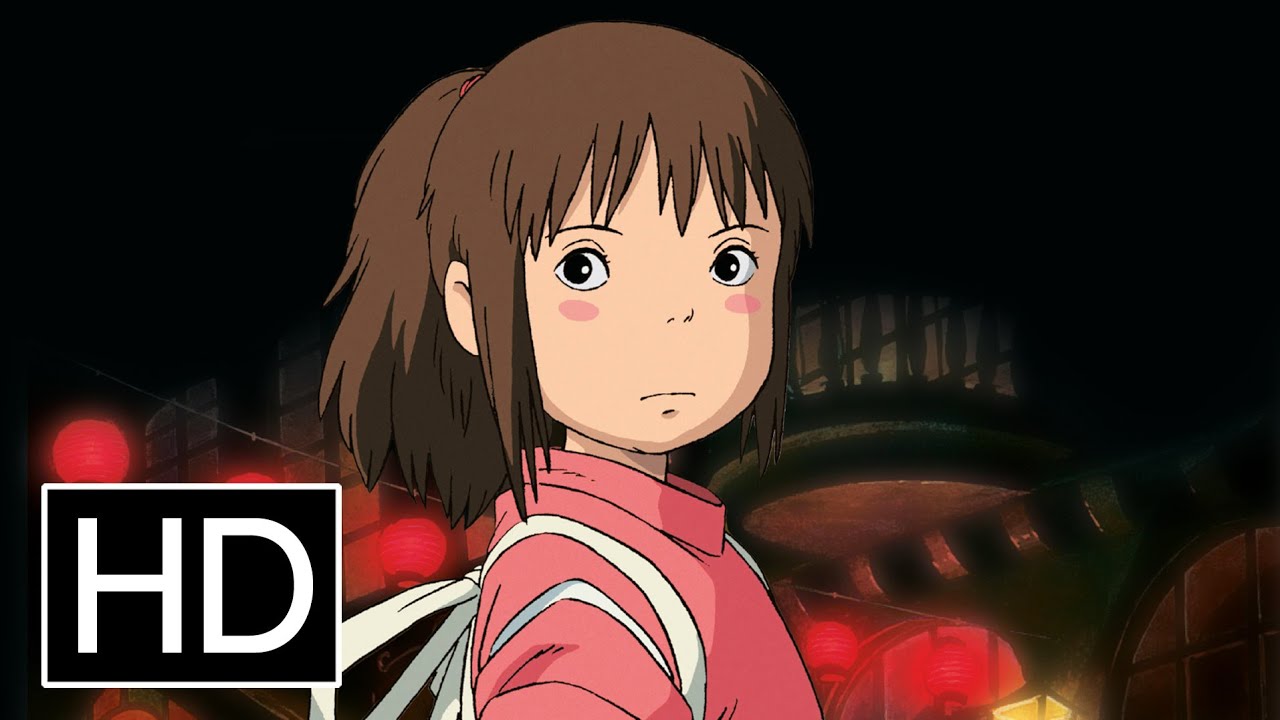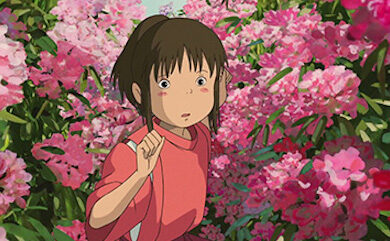It takes 12 minutes for Chihiro’s parents to turn into pigs. By the half hour mark, she’s evaded lizards on their cigarette break, met giant anthropomorphic ducks and talked business with a man with six arms.
Back when it was released, Hayao Miyazaki’s Spirited Away did not seem like typical box office gold. Despite this, it remains the only hand-drawn animation not in English to win Best Animated Feature at the Oscars. Amidst stiff competition, it remains Studio Ghibli’s best-known and perhaps best-loved work, 20 years since its release. That should come as little surprise, though – the risks that the film takes are the reason for, rather than an impediment to, its success.
Miyazaki has said he made the film for young girls. As a demographic, their tastes and interests are often derided, and the veteran director was concerned that in his native Japan, they weren’t being provided with the films or manga that they really wanted. “I felt this country only offered such things as crushes and romance to 10-year-old girls,” he explained in a 2001 interview with Japanese anime magazine Animage. “I felt this was not what they held dear in their hearts. I wondered if I could make a movie in which they could be heroines.”
And make one he did. Less pandering than a lot of other cinema at the time, Spirited Away sees Chihiro evade a lot of the tropes seen in female characters written by men. She’s not weak, and she certainly isn’t sexualised. Towards the end of the film, she and river spirit Haku fall in love, but they never so much as kiss. Chiihro wears baggy, near-unisex clothing throughout – which may be because of her age – but Lin, an older woman who takes Chihiro under her wing, looks and dresses the same as the young girl, which speaks to something more deliberate about the presentation of women in the film.
Women are so often tokenised in cinema, rarely given any defining traits other than their gender. In the mystical setting of Spirited Away, where the main dividing line is between human and spirit – not man and woman –women are given nuanced characterisation. Chihiro balances a child’s vulnerability with the inner strength of someone much older. Lin is tough, but not without anxiety over her future.
This helps Spirited Away diverge from other films where gender plays a central role, to the detriment of female characters – which includes other Studio Ghibli releases. In Porco Rosso, the titular Porco – a fighter ace in 1930s Italy – is openly sexist against a female engineer not much older than Chihiro. Porco’s chauvinism is not without narrative purpose: he’s old-fashioned, amidst changing times that threaten to leave him behind. It grounds the film to the real world, though sometimes painfully. Meanwhile Spirited Away is untethered, setting it so far apart from its competitors that it becomes other-worldly.
A lot of the film’s ethereal charm comes from its visuals: from the evil witch Yubaba’s opulent taste in 10-foot vases to the miserable boiler room that keeps her bathhouse running, the universe of the film posits that anything is possible. The interiors are bigger, smaller, more garish or dingier than ever. The scale is immense, and spellbinding.
Windswept hills and bodies of water that stretch to the horizon also contribute to the dreamlike atmosphere. By the end it isn’t entirely clear if Chihiro’s adventure was real or imagined – looking out at fields that go on forever and walking through spectacularly kept flower gardens, the audience isn’t too sure either.
The score, composed by frequent Miyazaki collaborator Joe Hisaishi, belongs to the world of ghosts as well. The music was deliberately recorded in such a way that it would retain the echo of the concert hall in which it was performed, and fits right in with the land of the spirits. Sight and sound aligning so perfectly stops either one feeling incongruous.
*
A lack of human gender dynamics lends itself to a story where the world of people has been left behind. In a film whose hero’s name is lost, it makes sense that other, once-important parts of her, like her gender, also lose significance. Before Chihiro embarks on her journey, her dad mentions having the “credit cards and cash”, while her mum complains about doing the shopping. Letting this go makes sense, especially when its protagonist is too young to be fully alive to the complexities of patriarchy. What remains is a leaner story, about a child trying to get her parents back from the clutches of Yubaba, which maintains the film in much closer keeping with a fairytale than a conventional drama.
Miyazaki leaned on sexism to make the brusque protagonist of Porco Rosso seem realistic. In Spirited Away, the world exists in such detail that realism already abounds. Workers in Yubaba’s bathhouse have a clientele of spirits, but also share human concerns about wanting to leave a job they hate. Their boss is a witch, but that doesn’t stop her from having a more familiar obsession with money. On a day-to-day basis, girls scrub floors and wash out bathtubs. Intimate details of people’s lives – sleeping arrangements, bad habits – lend colour to an otherwise hazy folkloric story. What is achieved is an incredibly difficult balancing act, both other-worldly and true-to-life.
As such, Spirited Away can afford to excise the nastier parts of that life – including sexism – without seeming naïve. That Chihiro is a girl is never a source of tension, much less antagonism. The deft approach to gender opts to not approach gender. In the world of the spirits, it simply doesn’t matter.
In making a film for young girls, Miyazaki ended up creating something with universal appeal. Twenty years on, Studio Ghibli’s crown jewel still has tucked away in its scenery and soundscape a quietly revolutionary way of making a hit.




